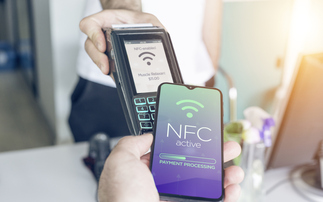Support for Posix APIs could lead to wider interest in the Symbian OS among software developers
Symbian phones like Nokia's E61 could gain more applications Symbian is to add support for Posix libraries to its smartphone platform, a move that will help developers port existing business appl...
To continue reading this article...
Join Computing
- Unlimited access to real-time news, analysis and opinion from the technology industry
- Receive important and breaking news in our daily newsletter
- Be the first to hear about our events and awards programmes
- Join live member only interviews with IT leaders at the ‘IT Lounge’; your chance to ask your burning tech questions and have them answered
- Access to the Computing Delta hub providing market intelligence and research
- Receive our members-only newsletter with exclusive opinion pieces from senior IT Leaders


















